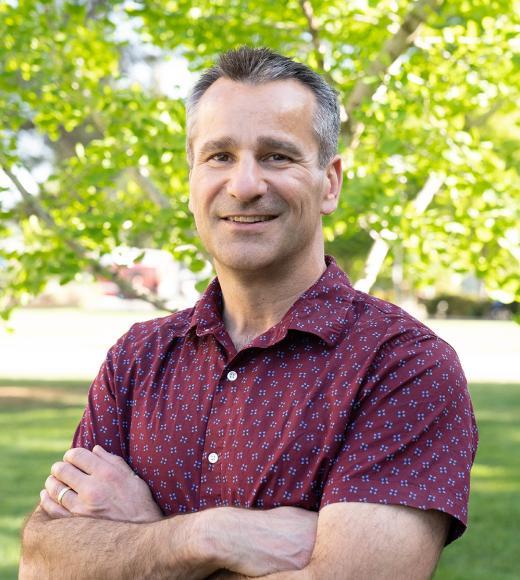
Position Title
Professor
Position Title
Professor
- Neurobiology, Physiology and Behavior
- Physiology and Membrane Biology
195 Briggs Hall
Bio
